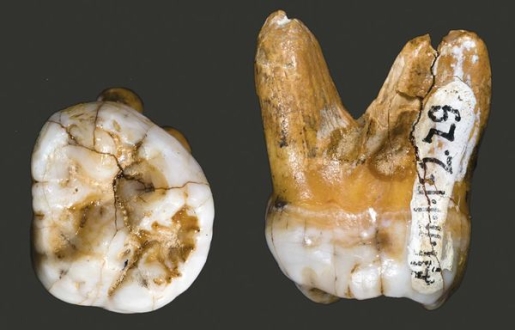
I must confess a fascination with cavemen. Not the fictional type, but the actual type. Human-like ancestors that may or may not have had a role in shaping humanity with their genetic peculiarities? That stuff fascinates me, even if I’m not sure finding a few bones or teeth is proof of an entire species of proto-humans. In Denisova cave in Siberia, researchers have discovered fossilized remains (a tooth and finger bones) of a new human-like species called the Devisovan.
Shockingly, Devisovans might be something of a link between humans, Neanderthals, and others, as it is believed that Devisovans interbred with humans, had fertile offspring, then ended up migrating to what is now Papua New Guinea. Study co-author Bence Viola, an anthropologist at the Max Planck Institute for Evolutionary Anthropolgy in Leipzig, Germany, explains how the Denisovan DNA ended up in modern Pacific Islanders.
“We don’t think the Denisovans went to Papua New Guinea,” the northwestern edge of a Pacific region called Melanesia. “We think the Denisovan population inhabited most of eastern Eurasia in the same way that Neanderthals inhabited most of western Eurasia. Our idea is that the ancestors of Melanesians met the Denisovans in Southeast Asia and interbred, and the ancestors of Melanesians then moved on to Papua New Guinea.”
Tags: new ancient humanoid discovered, proto-human creature discovered, Devisovan, human crossed with near-human caveman, caveman, unusual discoveries, archaeology, fossil remains of Devisovan human discovered, fossilized teeth, Devisovan teeth discovered, X-woman, giant tooth from prehistoric human discovered, Bence Viola, Max Planck Institute for Evolutionary Anthropology, Leipzig, Germany, Denisova Cave, Siberia, Russia







